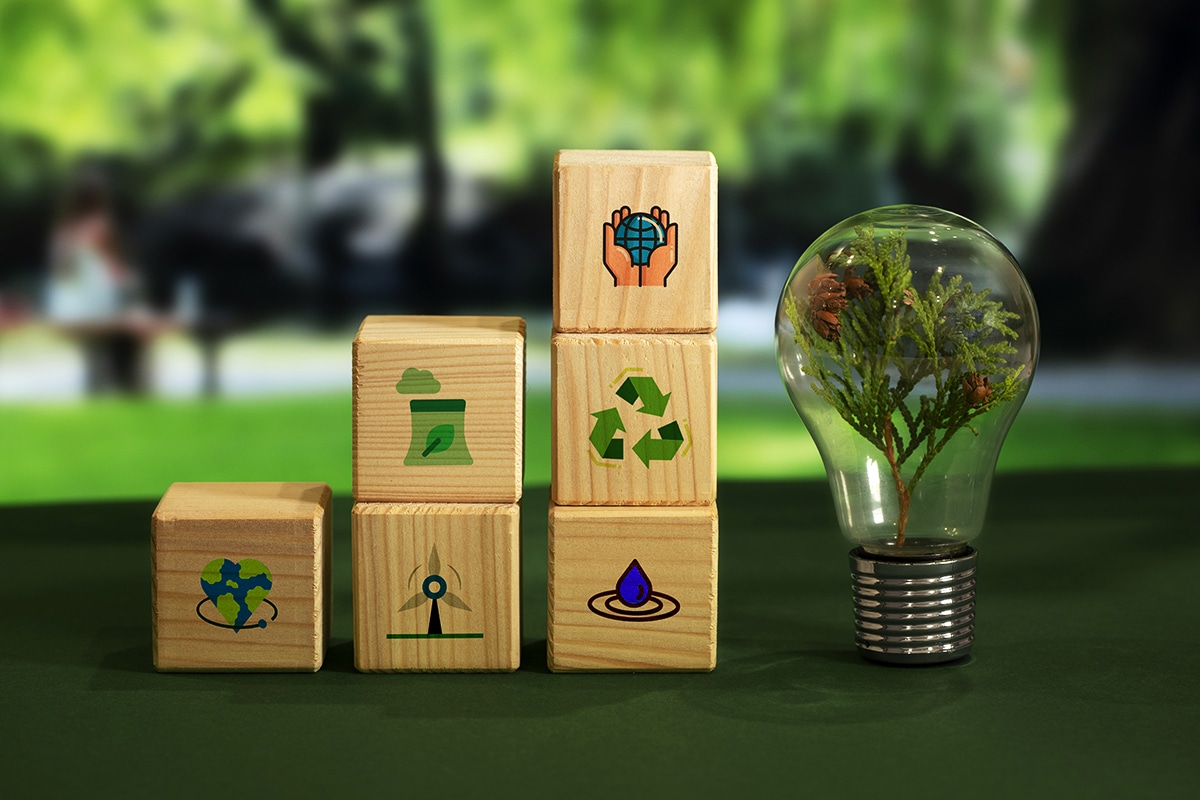Education for Sustainable Development: The Key to a Better Future
Sustainable development is a critical concept for the modern world. It represents a model of progress that meets the needs of the present without compromising the ability of future generations to meet their own needs. Crucial to achieving sustainable development is education, which is not only a human right but also a transformative tool that can drive social, economic, and environmental change. In this article, we will explore the transformative power of education for sustainable development and look at how it can help us build a better future for all.
What is Education for Sustainable Development?
Education for sustainable development (ESD) is a learning approach that equips individuals with the knowledge, skills, values, and attitudes necessary to create sustainable societies. It aims to develop a deep understanding of the interdependence of social, economic, and environmental issues, and to foster the creativity and innovation required to build a better future for all.
ESD represents a holistic and integrated approach to education that encompasses formal, non-formal, and informal learning. It goes beyond traditional academic disciplines and incorporates a broad range of themes, such as climate change, biodiversity conservation, renewable energy, social justice, and responsible consumption and production.
The Transformative Power of ESD
ESD has the potential to transform individuals, communities, and societies by bringing about positive changes in attitudes, behavior, and action. It provides individuals with the knowledge and skills to understand environmental and social problems and to take action to address them. It also fosters a sense of responsibility and ownership for creating sustainable futures.
At the community level, ESD can help to drive social and economic development by promoting sustainable practices and creating new opportunities for growth and innovation. It can also promote inclusive and participatory governance by engaging citizens in decision-making processes and promoting social cohesion.
At the global level, ESD is crucial for achieving the United Nations Sustainable Development Goals (SDGs). The SDGs are a set of 17 goals adopted by the United Nations in 2015 that aim to end poverty, protect the planet and ensure prosperity for all. Education is a key enabler and driver of the SDGs, and ESD is critical for achieving them.
The Role of Education in Sustainable Development
Education is a fundamental human right and a critical component of sustainable development. It is essential for developing the skills, knowledge, and attitudes necessary for individuals and societies to achieve sustainable development. Education can help to break the cycle of poverty and inequality and provide opportunities for individuals to reach their full potential.
Education also plays a vital role in promoting sustainable consumption and production patterns. By educating individuals about the environmental and social impacts of their choices, education can promote responsible behavior and reduce negative environmental impacts.
In addition, education is crucial for promoting social justice and equality. Education can help to remove barriers to opportunity and empower individuals to participate fully in economic, social, and political life. It can also promote tolerance and understanding and foster diversity and inclusiveness.
The Challenges and Opportunities of ESD
Despite the potential benefits of ESD, there are also significant challenges to its implementation. One of the key challenges is the lack of awareness and understanding of the concept of sustainable development and its relevance to education. This leads to a lack of political will and investment in ESD, which hampers its integration into educational systems and programs.
Another challenge is the lack of training and capacity among educators and policymakers to deliver ESD effectively. ESD requires a multidisciplinary and interdisciplinary approach, which can be challenging to deliver in traditional educational systems. It also requires innovative pedagogical approaches, such as problem-based learning and experiential learning, which can be difficult to implement in practice.
Despite these challenges, there are also significant opportunities for advancing ESD. One of the key opportunities is the growing recognition of the importance of sustainable development and education in achieving global goals. This has led to increased investment and support for ESD initiatives at the national and international levels.
Another opportunity is the emergence of new technologies and learning approaches that enable innovative and creative ways of delivering ESD. This includes the use of online learning platforms, digital media, and mobile technology, which can help to overcome geographic and financial barriers to education.
Tips for Embracing ESD
If you are interested in embracing ESD, there are several tips that can help you get started:
– Educate yourself about sustainable development and its relevance to your life and work.
– Look for opportunities to integrate sustainable practices into your daily life, such as reducing your carbon footprint, using public transport, and supporting sustainable businesses.
– Participate in community-based initiatives that promote sustainable development, such as local composting programs, energy-efficient housing projects, and community gardens.
– Advocate for ESD in your workplace or community by raising awareness and promoting the importance of sustainability education.
– Support ESD initiatives by donating to educational organizations or volunteering your time and skills.
Wrapping Up
ESD represents a critical approach to education that can help us build a better future for all. It equips individuals with the knowledge, skills, and attitudes to understand and address social, economic, and environmental challenges, and to create sustainable societies. While there are significant challenges to its implementation, there are also opportunities for advancing ESD through innovative pedagogies, technologies, and policies. By embracing ESD in our daily lives and work, we can all contribute to creating a more sustainable and just world.

Deja una respuesta